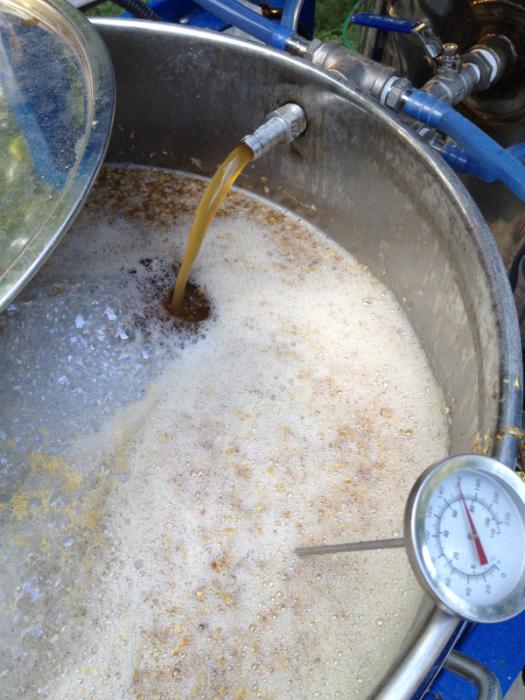Locus415
Active Member
Racked my first attempt at this recipe this weekend. Because my thermometer busted at the start of the brew day, I mashed too low so it finish way low. FG = 1.008
It has a bit more hop bitterness but is still darn good. The WLP 530 blew into the airlock three times before settling down. It is great on its own but can see why it makes for a good Belgian fruit beer base. I am planning on using some of it to blend with a strong sour to balance it out a bit.
Thanks Revvy.
It has a bit more hop bitterness but is still darn good. The WLP 530 blew into the airlock three times before settling down. It is great on its own but can see why it makes for a good Belgian fruit beer base. I am planning on using some of it to blend with a strong sour to balance it out a bit.
Thanks Revvy.
















![Craft A Brew - Safale BE-256 Yeast - Fermentis - Belgian Ale Dry Yeast - For Belgian & Strong Ales - Ingredients for Home Brewing - Beer Making Supplies - [3 Pack]](https://m.media-amazon.com/images/I/51bcKEwQmWL._SL500_.jpg)










































